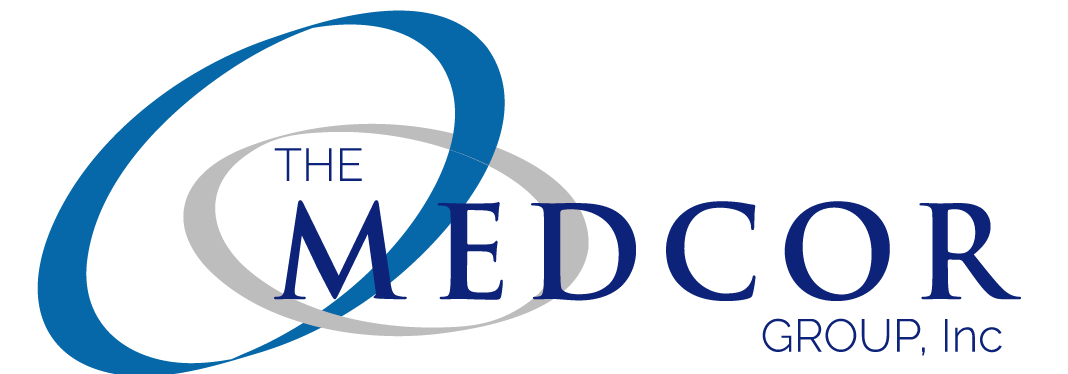FQHCs are operating in a rapidly evolving financial landscape marked by unprecedented federal funding cuts, shifting Medicaid coverage, and the growing demands of value-based contracts and ACO participation. These changes are challenging even the most experienced health center leaders to rethink their approach to financial sustainability.
Now more than ever, taking control of the revenue cycle is essential, not just to recover lost dollars but to build resilience. FQHCs that take a proactive approach to revenue cycle operations, enhance care management billing, and embrace evolving payment structures will be best positioned to navigate today’s complexities and thrive in the future.
The Modern Revenue Cycle: More Codes, More Complexity, More Risk
As the reimbursement environment for FQHCs grows more complex, traditional revenue cycle approaches are no longer enough. Revenue cycle management (RCM) can no longer be treated as a billing function. It must become a strategic framework for financial sustainability. From federal payment reforms to payer requirements and increasingly high-acuity patient populations, today’s revenue challenges require more than billing expertise—they demand strategic, adaptive leadership.
This puts increased pressure on every part of the revenue cycle, from front-end eligibility to mid-cycle documentation and back-end collections.
The Shift: Leveraging Value-Based Reimbursments
The rise of value-based contracts and ACO participation marks a turning point. FQHCs are now expected to manage care and demonstrate impact while navigating multiple payer types, each with different rules, expectations, and risks. To succeed, the FQHC revenue cycle must also evolve to:
- Handle multi-code billing (RPM, CCM, BHI) with precision.
- Track and respond to value-based performance metrics.
- Support real-time eligibility and benefits checks.
- Align care teams, coders, and billing staff to a unified strategy.

